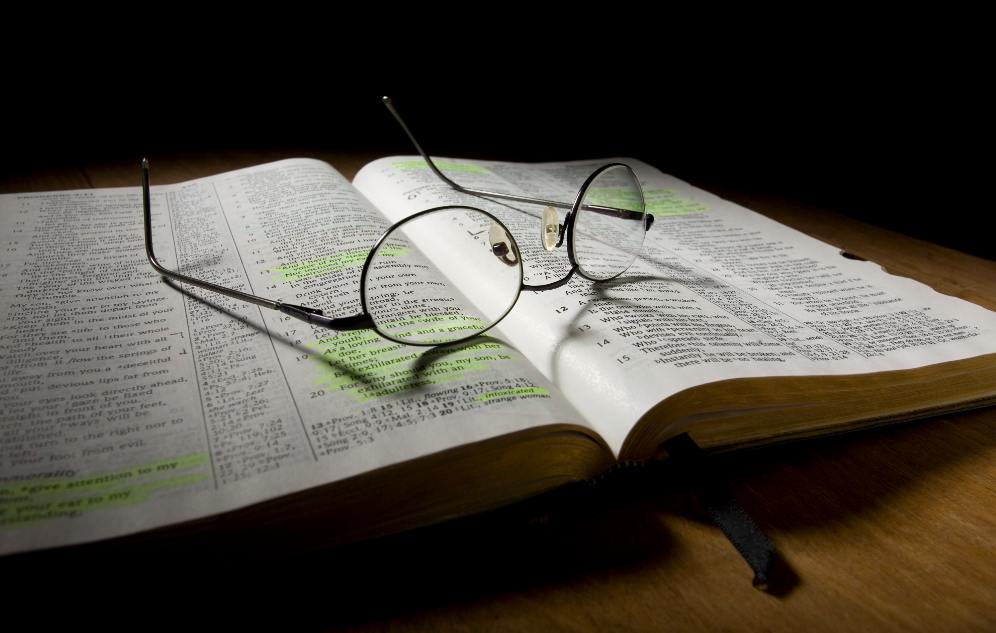By Sam E. Stone
 Nehemiah went to Jerusalem in 444 BC. Ezra had been there 13 years at the time of today’s text. Ezra served as a priest, however, while Nehemiah came as the civil governor to rebuild the wall and restore Jerusalem as a fortified city. The opening chapters of the book that bears his name tell how he came to be sent there, and how he proceeded to rebuild the wall. Despite fierce opposition, Nehemiah led the people through this challenging time.
Nehemiah went to Jerusalem in 444 BC. Ezra had been there 13 years at the time of today’s text. Ezra served as a priest, however, while Nehemiah came as the civil governor to rebuild the wall and restore Jerusalem as a fortified city. The opening chapters of the book that bears his name tell how he came to be sent there, and how he proceeded to rebuild the wall. Despite fierce opposition, Nehemiah led the people through this challenging time.
Nehemiah’s list of those who had returned from Babylon became the basis he would use to repopulate the city. James E. Smith explains, “The incorporation of the list here in Nehemiah accomplished two purposes. First, it established the city’s continuity with the past. These people needed to have a sense of their inheritance and their calling. Second, it became the basis for reorganizing the population of Judea (7:5-72).”
Reading the Law
Nehemiah 8:2, 3
For the Jews, the seventh month included three important celebrations: the Festival of Trumpets (Leviticus 23:23-25), the Day of Atonement (23:26-32), and the Festival of Tabernacles (Deuteronomy 16:16). The occasion of today’s lesson was the Festival of Tabernacles. Earlier it was known as the “Festival of Ingathering” indicating its relation to harvest time (late September or early October). To this special assembly, both men and women came, along with their more mature children (all who were able to understand). Keith Schoville describes the location: “The place of assembly was in the square before the Water Gate. It was not in the courts of the temple, but outside the temple compound, virtually in its shadow.”
The beloved priest, Ezra, brought the Law (the first five books of the Bible, also called the Pentateuch) to read to the people. He did not just read a few verses, like a text before a sermon, but instead he read from the entire scroll! The people stood while he read for some six hours—from daybreak till noon. The significance of this service is hard to overestimate. Note that the people listened attentively to the Book of the Law.
The printed text does not contain all of the details. Verses 4-12 explain that Ezra stood on an elevated wooden platform that was large enough to accommodate 13 other men (v. 4). When he opened the book, the people all stood up. As he praised God, the people lifted their hands and responded, “Amen! Amen!” Nehemiah (the governor) and Ezra both told the people, “‘This day is holy to the Lord your God. Do not mourn or weep.’ For all the people had been weeping as they listened to the words of the Law” (v. 9).
Heeding the Law
Nehemiah 8:13-18
James B. Hoffman points out, “The prominent thing in this paragraph is the thirst of the people to hear the word of God . . . Not only did the people come to hear Ezra read the law on that following day, but also on every day throughout the Feast of Tabernacles” (v. 18). While most of the people returned to their home for joyous feasting and their daily responsibilities, the heads of all the families continued meeting with Ezra for additional instruction in the Law. These family leaders were responsible for the religious instruction in their households (Deuteronomy 6:4-9).
Evidently a full observance of the Festival of Tabernacles had not always been practiced in the intervening years. Keil reminds Bible students, however, that “the text only states that since the days of Joshua the whole community had not so celebrated it (i.e. had not dwelt in booths).” It does not indicate there was no observance at all during the intervening years. Today’s text shows a strong movement back to the intended purpose for the festival. The temporary shelters were to serve as a reminder of their forefathers’ experience in escaping from Egypt.
The flat-roofed homes in Palestine made it easy for the people to erect a booth on the roof of a house for this festival (v. 16). The feast was observed regularly in Jesus’ time (John 7:2) and is still observed today by the building of booths or shelters, known as “Sukkot.”
In the observance that Nehemiah describes it is important to see that the Lord’s message was taken out into the streets, not kept in the sanctuary. Even as Ezra proclaimed God’s truth by the Water Gate in his time, so believers today must carry the message of hope into the streets, “the highways and byways” of modern life.
Sam E. Stone is the former editor of Christian Standard. He continues his writing and speaking ministry from his home in Cincinnati, Ohio.



Comments: no replies